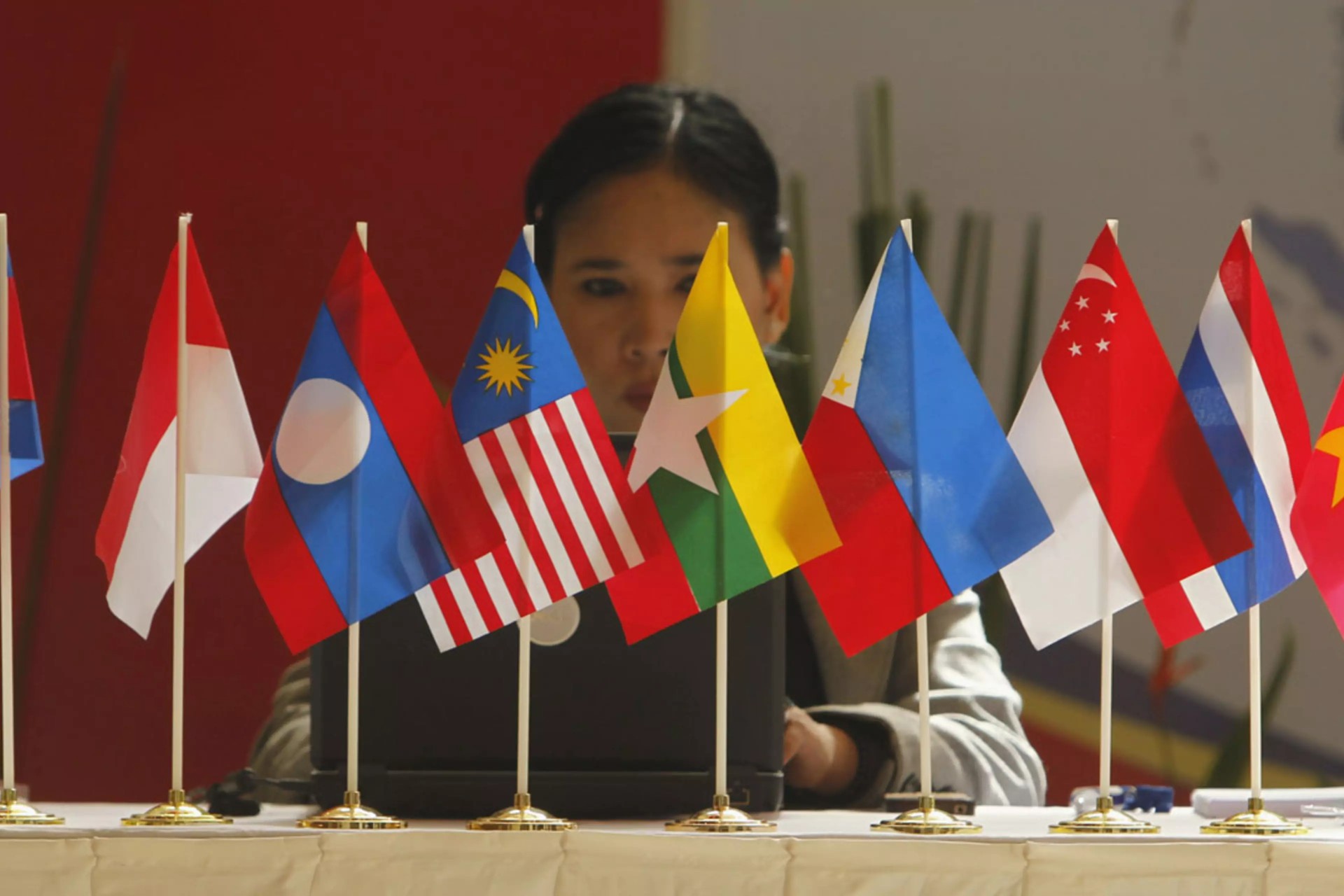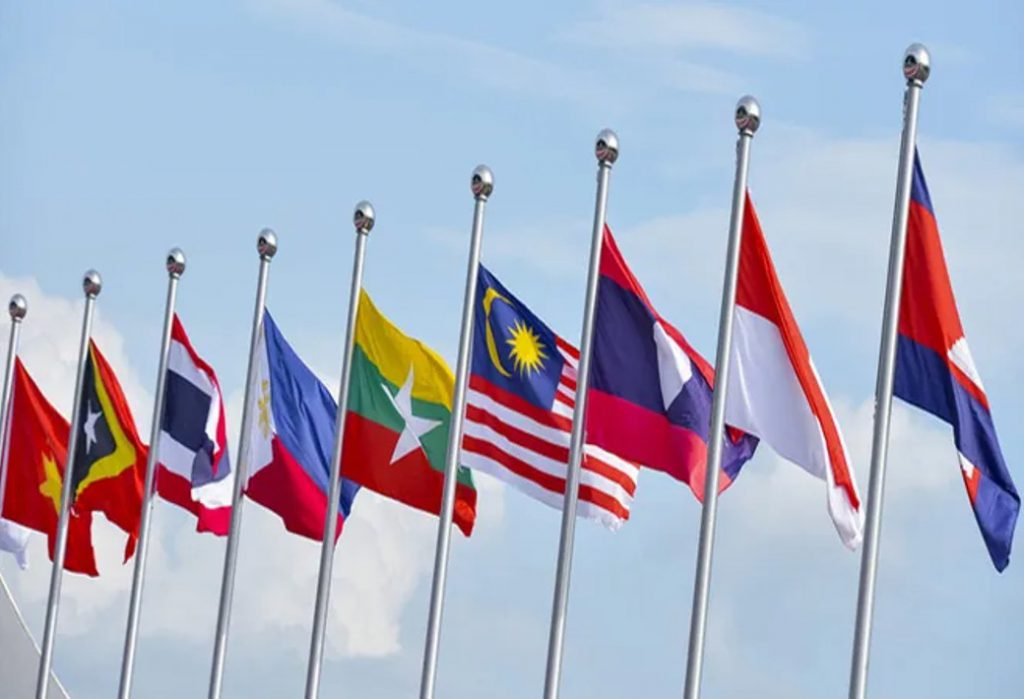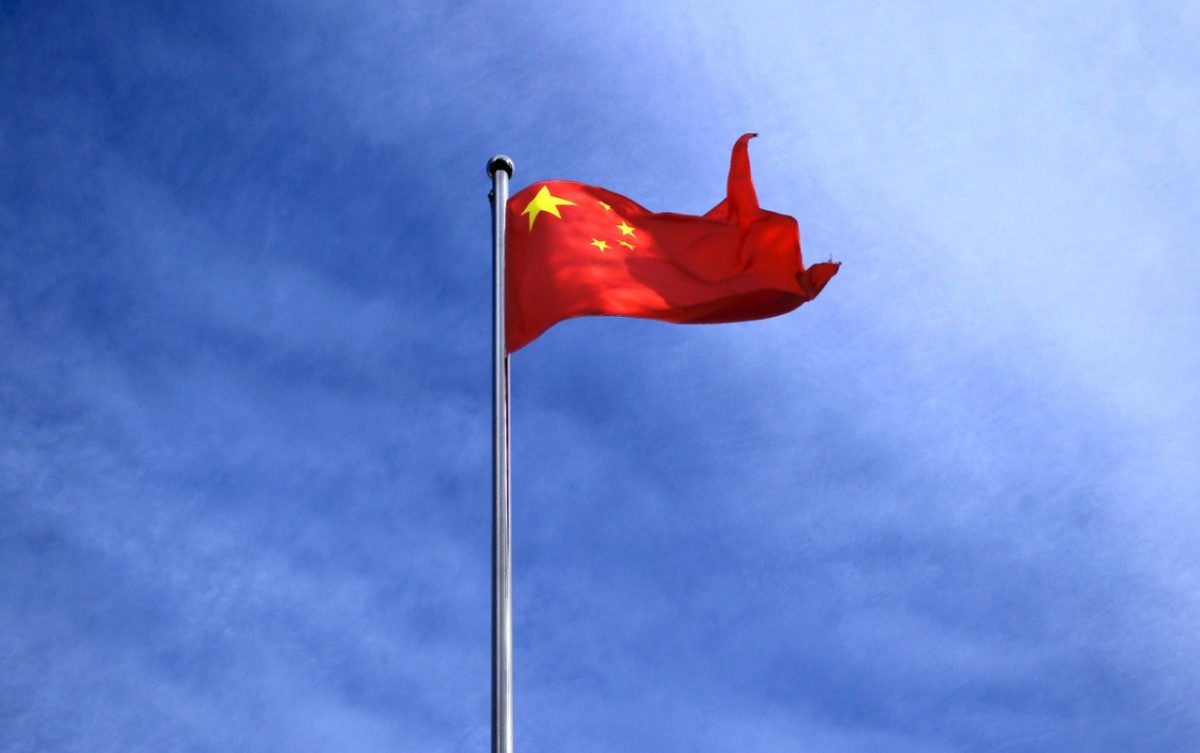Revolt Against US Dollar: ASEAN Countries QR Code Payment Gains Steam

ASEAN countries are quietly revolting against the US dollar on the ground level without the world noticing. Bobby Liu, a Singaporean digital nomad, roams across Asia armed with a smartphone and scans QR codes for payments. He visits Thailand and pays for a cup of coffee and pizza by scanning the PromptPay QR code. The payment automatically gets converted to their local currency, Baht.
Liu then travels to Malaysia and scans their QR code DuitNow and pays in ringgit for anything he buys. The same drill happens when he visits Indonesia, where he scans the QR code through QRIS and pays the rupiah. When he’s in India, he uses the UPI, scans QR codes, and pays in the rupee. You see the shift here? International payments were mostly in the US dollar before, and now, ASEAN countries are using local currencies.
None of these are happening through politics, policies, and trade deals; they’re happening with the common and regular people. “Imagine what that kind of instant payment can do for small businesses. It will significantly improve their cash flow,” said Liu, a fintech entrepreneur and former venture capitalist, to the Business Times International.
Also Read: AI Predicts Price Of Bitcoin, ETH If Trump’s Select A New Fed Chair
ASEAN Countries Build Instant Payments, QR Codes To Reduce US Dollar Dependency

QR codes offer instant payments with just a click of a button on their smartphones. All business sectors benefit from the lightning-fast payment method, including small, medium-sized (SMEs), and large enterprises. The cross-border currency conversion is the innovation that the Global South was always looking for and has achieved. They are cheaper and faster, and no longer rely on the US dollar for payments in an international country. The usage of payments in ASEAN countries through QR codes is gaining steam, which could affect the US dollar next.
Also Read: Jim Cramer Reveals the 3 Stocks He Likes Right Now
“A successful implementation of a cross-border QR system across ASEAN’s 10 member states will facilitate deeper integration,” said Syed Ahmad Taufik Albar, Group Chief Executive of Community Financial Services at Maybank. Direct payments in local currencies by tourists not only helps the local economy, but also diminishes the US dollar’s dominance. The next decade could shape a different financial world where common people might not pay the USD for transactions on foreign soil.
Revolt Against US Dollar: ASEAN Countries QR Code Payment Gains Steam

ASEAN countries are quietly revolting against the US dollar on the ground level without the world noticing. Bobby Liu, a Singaporean digital nomad, roams across Asia armed with a smartphone and scans QR codes for payments. He visits Thailand and pays for a cup of coffee and pizza by scanning the PromptPay QR code. The payment automatically gets converted to their local currency, Baht.
Liu then travels to Malaysia and scans their QR code DuitNow and pays in ringgit for anything he buys. The same drill happens when he visits Indonesia, where he scans the QR code through QRIS and pays the rupiah. When he’s in India, he uses the UPI, scans QR codes, and pays in the rupee. You see the shift here? International payments were mostly in the US dollar before, and now, ASEAN countries are using local currencies.
None of these are happening through politics, policies, and trade deals; they’re happening with the common and regular people. “Imagine what that kind of instant payment can do for small businesses. It will significantly improve their cash flow,” said Liu, a fintech entrepreneur and former venture capitalist, to the Business Times International.
Also Read: AI Predicts Price Of Bitcoin, ETH If Trump’s Select A New Fed Chair
ASEAN Countries Build Instant Payments, QR Codes To Reduce US Dollar Dependency

QR codes offer instant payments with just a click of a button on their smartphones. All business sectors benefit from the lightning-fast payment method, including small, medium-sized (SMEs), and large enterprises. The cross-border currency conversion is the innovation that the Global South was always looking for and has achieved. They are cheaper and faster, and no longer rely on the US dollar for payments in an international country. The usage of payments in ASEAN countries through QR codes is gaining steam, which could affect the US dollar next.
Also Read: Jim Cramer Reveals the 3 Stocks He Likes Right Now
“A successful implementation of a cross-border QR system across ASEAN’s 10 member states will facilitate deeper integration,” said Syed Ahmad Taufik Albar, Group Chief Executive of Community Financial Services at Maybank. Direct payments in local currencies by tourists not only helps the local economy, but also diminishes the US dollar’s dominance. The next decade could shape a different financial world where common people might not pay the USD for transactions on foreign soil.

